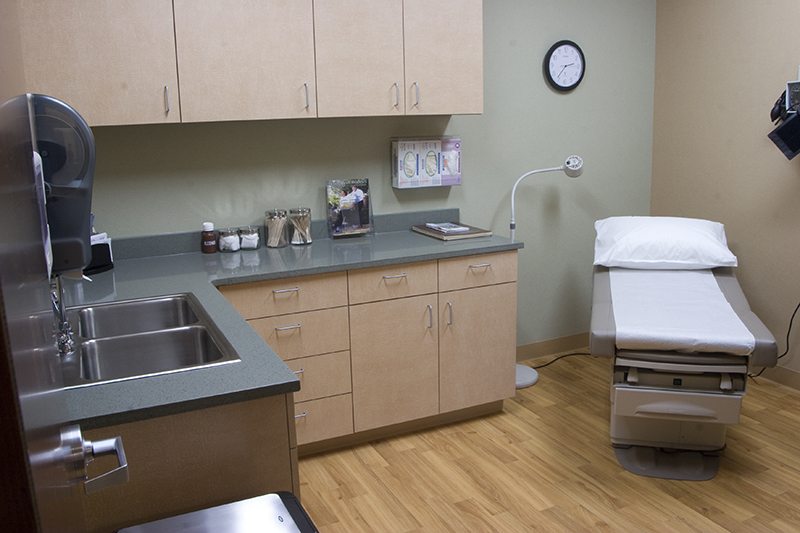
This column was originally published as part of my “From Where I Sit” series at in Towson Times.
The lanky teen folded himself into the lobby chair, flexing his hand while waiting for the results.
“I’ll get your parents,” the X-ray technician said as she breezed by the lad. “The doctor will meet you here, where there’s more room.”
She pointed to the room beside my parked wheelchair where my 13-year-old son and I were waiting his turn with the technician.
“Mom, look,” Pete said, pointing to the placard outside the door. “It’s the ‘cast room,'” he whispered as we exchanged wide-eyed looks.
We watched the family and physician file into the well-lit room.
“Something tells me they are going to do more than talk in there,” I told Pete. And we sighed, wondering about the boy’s fate and our own.
Soon it was Pete’s turn. The technician hovered near us after the first X-ray.
“Dr. McCambridge wants another set,” she said with her warm smile.
Finally, she directed us to an office.
“Guess that’s good news, Mom,” Pete noted. “No casting room.”
Dr. Teri McCambridge examined Pete’s elbow and flashed the X-rays on the wall. I had read of her pediatric orthopedic specialty with competitive athletes. As a gymnast, she had personal experience with intensive training, so I sought her out after Pete’s injury.
“So you wrestle, Pete,” she confirmed as she combed through injury details.
“You’ve lost 20 degrees in your range of motion. It could be the bone, the ligament or a soft tissue injury,” she explained. “We’ll need an MRI to know more. For now, we’ll put you in a splint.”
While Pete headed for the casting room, we called his dad to update him. Dr. McCambridge re-explained the situation.
The possibilities swarmed. Could it mean surgery? A cast? Wrestling season is beginning; tournaments are scheduled, and Pete has trained so hard. What will this do to his season? What will this do to my child, his goals and dreams?
At home, I made the call that would calm my racing thoughts.
“Cary,” I began. “Pete’s injured his elbow and needs an MRI. He can’t wrestle until he recovers his range of motion. It could be surgery,” I blurted out.
The wrestling coach listened, asked questions and said, “He’ll be fine. We need to find out what the problem is, stabilize it, and then we can adjust our training. The best thing that ever happened to me was breaking my right hand. I developed a left-handed shot while it healed.”
As a 2000 Olympian, Cary Kolat knew about injuries. He knew about creative training. He knew about refocusing on what you have left — not what you have lost.
So when the MRI results indicated the need for a hard cast for a month, we were prepared. Cary’s confidence recharged our optimism.
Perhaps there is a message beyond the moment in that casting room. Both physical and emotional traumas can interrupt our best laid plans. Accidents, illnesses or even the aftermath of divorce or death can place us squarely in our own casting rooms, searching for ways to heal.
With the right attitude, these well-lit rooms create a time for reflection and refocusing. We learn what we have taken for granted after we face our routines in our newly altered states. We learn about strengths we have yet to discover.
More importantly, we learn to adjust, to recast our thinking and find actions to reflect our new reality.
Specialized professionals help us understand the swarming possibilities and our options for healing.
And if we’re lucky, we find a confident mentor who can recharge our optimism.
Follow Me!